Fun Halloween Trivia to Shock Your Friends
Get ready to test your knowledge of all things spooky! From ancient origins to modern candy crazes, the world of Halloween is filled with fascinating secrets and surprising facts. Whether you’re planning a party, looking for a classroom activity, or just want to be the most knowledgeable person on the block, this collection of halloween trivia will give you plenty of amazing tidbits to share. You might think you know everything about October 31st, but this holiday has a history that’s as rich and layered as a seven-layer dip. We will explore the journey of Halloween from a Celtic festival to the candy-fueled celebration we know today. Prepare to learn about the real stories behind jack-o’-lanterns, black cats, and why we shout, “Trick or treat!”
The Ancient Origins of Halloween
Long before it was about candy and costumes, Halloween’s roots began with the ancient Celtic festival of Samhain (pronounced “sah-win”). This festival, celebrated over 2,000 years ago in the region that is now Ireland, the United Kingdom, and northern France, marked the end of summer and the harvest and the beginning of the dark, cold winter. The Celts believed that on the night before their new year, November 1st, the boundary between the worlds of the living and the dead became blurred. They celebrated Samhain on October 31st, when it was thought that the ghosts of the dead returned to earth. This connection to ghosts and spirits is the earliest source of Halloween’s spooky atmosphere. To ward off these otherworldly visitors, people would light bonfires and wear costumes, typically consisting of animal heads and skins. These disguises were meant to confuse the spirits or allow people to blend in with them, preventing any unwanted ghostly trouble. This ancient tradition of dressing up is a direct ancestor of the costumes we wear today, making it a fantastic piece of halloween trivia.
From Samhain to All Hallows’ Eve
So, how did a Celtic pagan festival become a mainstream holiday celebrated worldwide? The transition is a key part of our halloween trivia exploration. In the 8th century, Pope Gregory III designated November 1st as a time to honor all saints. This new holiday, All Saints’ Day, incorporated some of the traditions of Samhain. The evening before it became known as All Hallows’ Eve, and later, Halloween. The influence of Christianity spread, and the church cleverly blended older pagan rituals with its own observances. For example, the bonfires from Samhain continued, but they were sometimes reframed as fires to ward off the devil. The practice of “souling,” where the poor would go door-to-door on All Hallows’ Eve and receive pastries called “soul cakes” in exchange for promising to pray for the family’s dead relatives, is seen as a precursor to modern trick-or-treating. These historical shifts show how Halloween evolved through cultural and religious changes over centuries.
The Journey to America
Halloween traditions were carried to America primarily by Irish and Scottish immigrants during the 19th century. Initially, the celebrations were limited to these immigrant communities. However, as different European ethnic groups and American Indians meshed, a distinct American version of Halloween began to emerge. Early festivities included “play parties,” which were public events held to celebrate the harvest. Neighbors would share stories of the dead, tell each other’s fortunes, dance, and sing. By the late 1800s, there was a movement to mold Halloween into a holiday more about community and neighborly get-togethers than about ghosts, pranks, and witchcraft. This led to the rise of Halloween parties for both children and adults that focused on games, foods of the season, and festive costumes, moving away from the scarier elements.
The Symbolism Behind Jack-O’-Lanterns
One of the most iconic symbols of Halloween is the carved pumpkin, or jack-o’-lantern. This tradition originated from an old Irish folktale about a man nicknamed “Stingy Jack.” According to the story, Jack tricked the Devil for his own monetary gain. When Jack died, God wouldn’t allow him into heaven, and the Devil, upset by the trick, wouldn’t let him into hell. He was sentenced to roam the Earth for eternity. The Devil gave Jack a single burning coal to light his way, which he placed inside a carved-out turnip. The Irish began to carve their own versions of Jack’s lantern, creating scary faces in turnips, potatoes, and beets to frighten away Stingy Jack and other wandering evil spirits. When immigrants brought this tradition to the United States, they found that pumpkins, a native North American fruit, were larger and much easier to carve. Thus, the pumpkin became the go-to choice for jack-o’-lanterns, and a classic piece of halloween trivia was born.
Creepy Creatures and Their Meanings
Halloween is associated with many spooky creatures, each with its own backstory. Understanding their symbolism adds another layer to your halloween trivia knowledge.
Why Are Black Cats Considered Unlucky?
The association of black cats with bad luck and Halloween dates back to the Middle Ages. In many cultures, black cats were seen as companions to witches or even witches in disguise. The superstition was so strong that during the witch hunts, many black cats were sadly harmed alongside accused witches. Their nocturnal nature and dark color helped fuel the belief that they were supernatural beings or servants of evil. Of course, today we know that black cats are just as loving as any other cat, but their spooky reputation has made them a permanent fixture in Halloween decorations and lore.
The Story of Witches
The image of the witch—with a pointy hat, a broomstick, and a cauldron—is a caricature that developed over centuries. Historically, many of the women accused of being witches were simply natural healers or those who lived outside of societal norms. The modern Halloween witch is a blend of various historical and fictional influences, including the wicked witches from stories like “Hansel and Gretel” and “The Wizard of Oz.” The broomstick was rumored to be an enchanted tool for flight, and the cauldron was where they brewed their magical potions.
A Timeline of Halloween Traditions
The holiday we celebrate today is a patchwork of traditions that have been added over many centuries. Here is a simplified look at how some key elements came to be.
|
Period |
Key Development |
|---|---|
|
~400 B.C. |
The Celtic festival of Samhain marks the end of harvest and the thinning of the veil between worlds. |
|
8th Century |
Pope Gregory III establishes All Saints’ Day on November 1, leading to All Hallows’ Eve. |
|
Middle Ages |
“Souling” and “guising” (dressing in costume) become common practices in parts of Europe. |
|
19th Century |
Irish and Scottish immigrants bring Halloween customs to the United States. |
|
Early 20th Century |
Trick-or-treating as we know it begins to gain popularity across America. |
|
Mid-20th Century |
Halloween becomes a highly commercialized holiday focused on candy, costumes, and parties. |
The Sweet Side: Candy and Trick-or-Treating
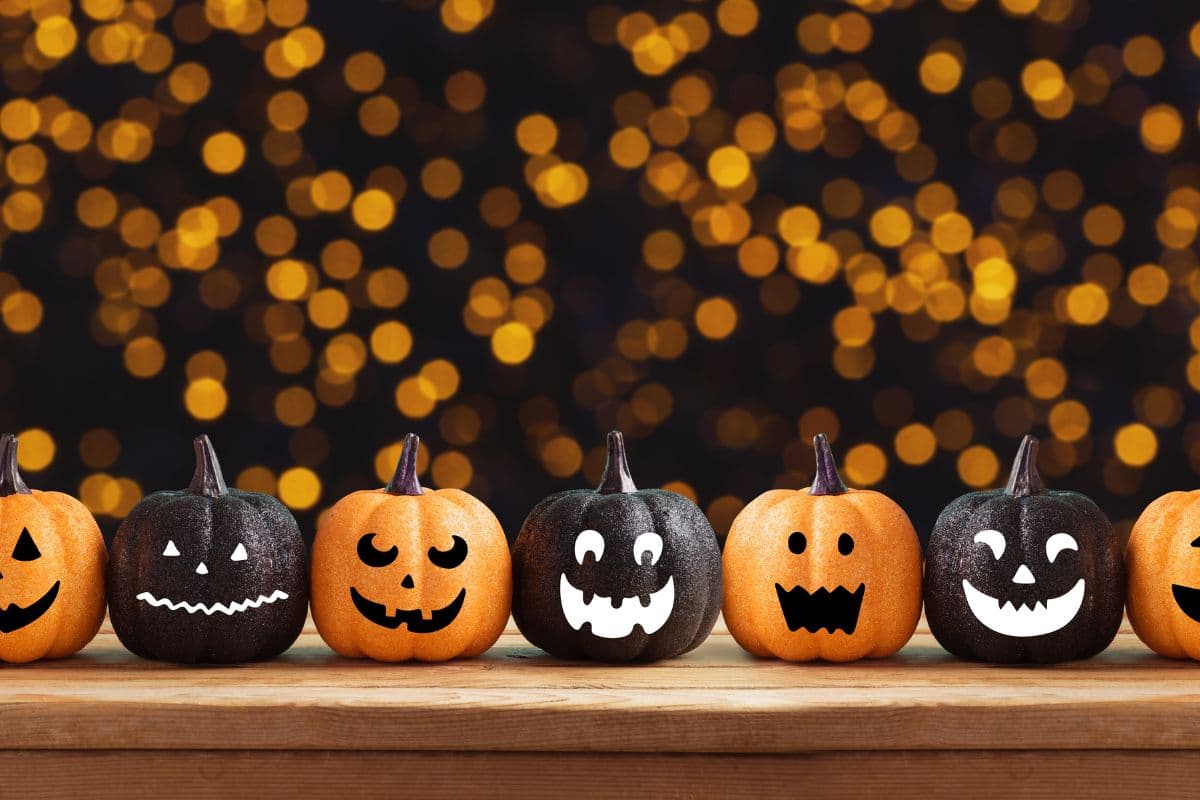
The practice of trick-or-treating became a widespread tradition in the United States by the early 1950s. Initially, children received a variety of treats, from homemade cookies and pieces of cake to fruits, nuts, and coins. However, as the holiday grew, parents became more concerned about safety. By the 1970s, commercially wrapped, factory-sealed candy became the preferred and expected treat. This shift was a major win for candy companies, who began marketing smaller, individually wrapped versions of their popular sweets specifically for Halloween. This commercialization cemented candy’s central role in the holiday. Today, Halloween is the largest commercial holiday for candy sales in the U.S., with billions of dollars spent each year. This is a crucial fact in any discussion about modern halloween trivia.
Regional Candy Favorites
While chocolate bars are popular everywhere, some treats have a regional following. For example, candy corn is a divisive but classic treat with its own loyal fanbase. Certain vintage candies might be more common in some parts of the country than others, reflecting local tastes and traditions. Exploring these regional differences can be a fun part of your halloween trivia research.
Halloween in Pop Culture
Halloween wouldn’t be the same without the movies and books that have helped shape its modern identity. From scary slashers to family-friendly adventures, pop culture has given us a massive library of Halloween-themed entertainment. The 1978 film Halloween is a landmark in the horror genre and made Michael Myers an iconic spooky figure. On the lighter side, films like Hocus Pocus and The Nightmare Before Christmas have become annual viewing traditions for many families. Books by authors like R.L. Stine (Goosebumps) and Stephen King have provided countless spooky stories that capture the essence of the season. These works not only entertain but also reinforce the symbols and themes of the holiday, from haunted houses and ghosts to the thrill of a good scare. They provide a shared cultural language for the holiday and are an endless source of halloween trivia questions.
How to Host a Halloween Trivia Night
Putting your new knowledge to use is the best part! Hosting a halloween trivia night is a fantastic way to celebrate with friends, family, or even students in a classroom. Start by dividing your questions into categories, such as “Monster Mash” (questions about famous monsters), “History of Horrors” (origins and traditions), and “Pop Culture Pumpkins” (movies and TV shows). You can make it more interactive by including a picture round where players have to identify a character from a horror movie or a sound-effect round where they guess the source of a spooky noise. For a more detailed guide on creating engaging group activities, you can find great ideas at sites like https://versaillesblog.com/. Remember to mix easy and hard questions to keep everyone engaged.
Sample Halloween Trivia Questions
- What vegetable was originally used to make jack-o’-lanterns? (Answer: Turnips)
- What is the most popular Halloween candy in the United States? (Answer: Reese’s Peanut Butter Cups)
- The fear of Halloween is known by what name? (Answer: Samhainophobia)
- From which country did the tradition of Halloween originate? (Answer: Ireland)
Celebrating Safely and Inclusively
While fun is the main goal, safety is crucial on Halloween night. For trick-or-treaters, this means wearing reflective tape on costumes, carrying a flashlight, and always traveling in groups. Adults should check all treats before they are eaten. Beyond safety, it’s also important to be inclusive. When choosing a costume, avoid those that rely on cultural stereotypes. There are endless creative options that don’t involve appropriating another culture’s traditional attire. You can also make celebrations more accessible by offering non-food treats for children with allergies, such as small toys or stickers. This is known as the Teal Pumpkin Project, an initiative that promotes a safer Halloween for all. Being mindful of these aspects ensures everyone can have a positive and enjoyable experience.
Fun Facts and Myth-Busting
Let’s wrap up with some quick, mind-blowing facts that are perfect for any halloween trivia game. Did you know that the world’s heaviest pumpkin weighed over 2,700 pounds? That’s heavier than a small car! Another common myth is that sugar makes children hyperactive. Multiple scientific studies have shown no direct link between sugar consumption and behavior in children; the excitement of the holiday itself is the more likely culprit. Also, despite their spooky reputation, bats are incredibly beneficial to our ecosystems, helping with pollination and insect control. Busting these myths can be just as fun as learning the history, providing a well-rounded understanding of the holiday and its famous symbols.
Key Takeaways
- Halloween originated from the ancient Celtic festival of Samhain, which marked the end of the harvest.
- The name “Halloween” is a shortened version of “All Hallows’ Eve,” the night before All Saints’ Day.
- Jack-o’-lanterns were first carved from turnips in Ireland to ward off evil spirits.
- Trick-or-treating evolved from old traditions like “souling” and became popular in the U.S. in the mid-20th century.
- Pop culture, especially movies and TV shows, has played a huge role in shaping modern Halloween celebrations.
Conclusion
Halloween is a holiday with a surprisingly deep and fascinating history. From its ancient spiritual beginnings to its current status as a candy-fueled festival of fun, it has always been a time for communities to come together and face the dark with lights, laughter, and a bit of spooky fun. Now that you’re armed with all this incredible halloween trivia, you’re ready to impress everyone you meet this October.
Frequently Asked Questions (FAQ)
1. What is the real origin of Halloween?
Halloween’s origins trace back over 2,000 years to the Celtic festival of Samhain, where people would light bonfires and wear costumes to ward off ghosts.
2. Why do we say “trick or treat”?
The phrase evolved from medieval practices like “souling,” where people would receive treats in exchange for prayers. By the 1930s in America, it became a common phrase for children seeking candy door-to-door.
3. What are some fun ideas for a halloween trivia night?
You can create rounds based on horror movies, candy facts, historical origins, and monster lore. Including picture or music rounds can also make the game more interactive and fun for everyone.
4. Is candy corn a popular Halloween candy?
Yes, despite its divisive reputation, candy corn is consistently one of the top-selling Halloween candies in the United States each year, making it a holiday staple.
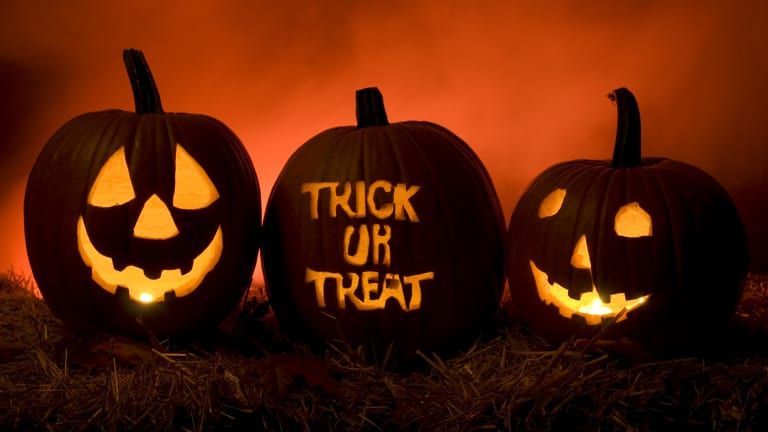
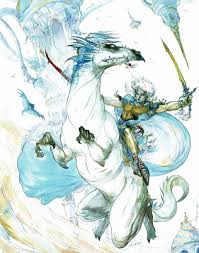
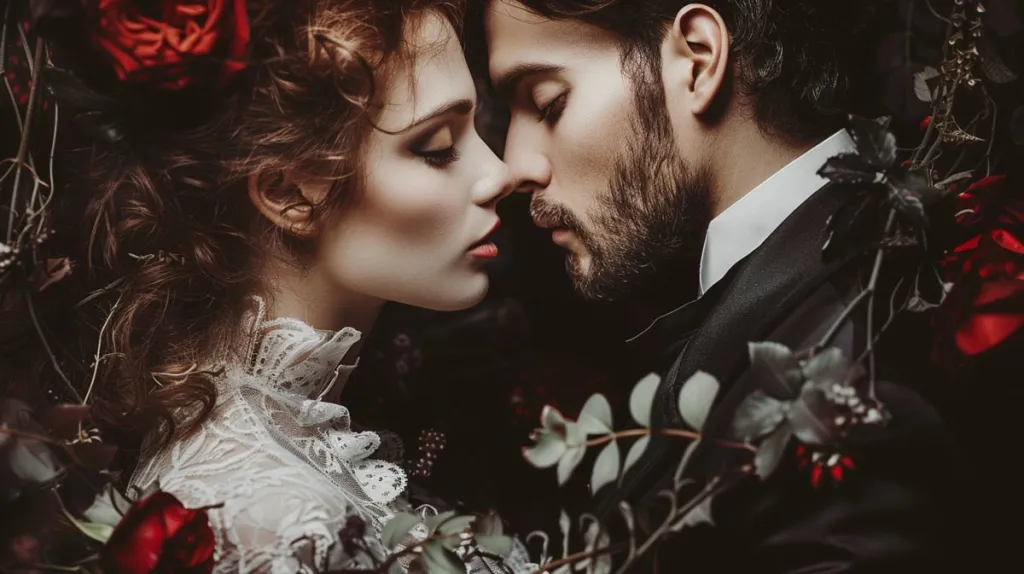

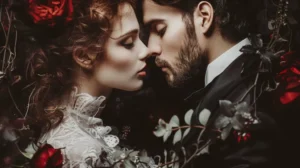





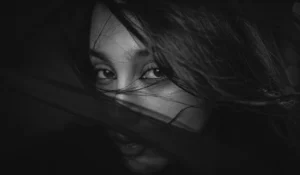
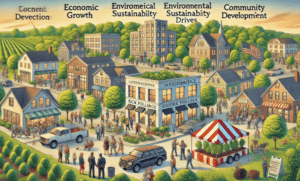

Post Comment